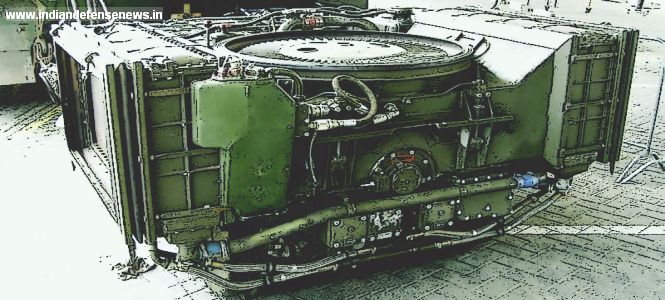
MTU MB 838 Ka-501 Diesel Engine of the Arjun MBT will use Bio-Fuels in the future
Speaking to Express, Dr S Elumalai, head, Department of Biotechnology, University of Madras, the only scientist from academia to be working with the Army, said the Indian Army was going green and is aiming to reduce its dependency on conventional fossil fuels. Defence Institute of Bio-energy Research (DIBER) in Haldwani in Uttarakhand along with eight other defence research laboratories are carrying out extensive research on different microalgae systems to extract bio-fuels. There is also a field research station located in Pithrogarh at an altitude of 12,000 feet in the eastern Himalayan region of Uttarakhand, where the research is going on.
“Besides the nine defence labs, I am the only scientist from an academic institution working with the prestigious Army Bio-diesel Research program. Phase I (3 years) of the project was executed successfully from 2011-14 and Phase II will start as soon as the Ministry of Defence gives its approval,” Dr Elumalai said.
Elumalai added that algal biomass is one of the emerging sources of sustainable energy, and for the Indian Army it is seen as a strategic product. The army can cultivate algal biomass in camps and produce bio-fuel to be used in military vehicles. “(By using bio-fuels) the army can extend operations during war-time. Some algae grow in as little a time as 4-6 hours,” he said.
Like plants, microalgae use sunlight to produce lipid oil, but they do so more efficiently than crops. Oil productivity of many microalgae greatly exceeds the oil productivity of the best producing oil crops with less land mass and water.
“We have surveyed and catalogued different species of highly-tolerant microalgae in the eastern Himalayan region up to Dharchula pass using molecular methods. They thrive in extreme condition like cold, heat, stress and salinity. They naturally accumulate the free fatty acids and one could do the transesterification (the organic conversion of algal fats into bio-fuel). Our studies have shown that some species of microalgae are producing 57 per cent or more of their dry weight (biomass) in the form of oil. Some algae, like Botryococcus braunii, produces 67 per cent oil, and this particular alga also serves to recycle waste water as well as bio-fuel production, thus serving a dual purpose,” he said.
With potentially millions of species, algal diversity gives DRDO and the “Army Biodiesel Research program” several options for identifying production of algal strains.